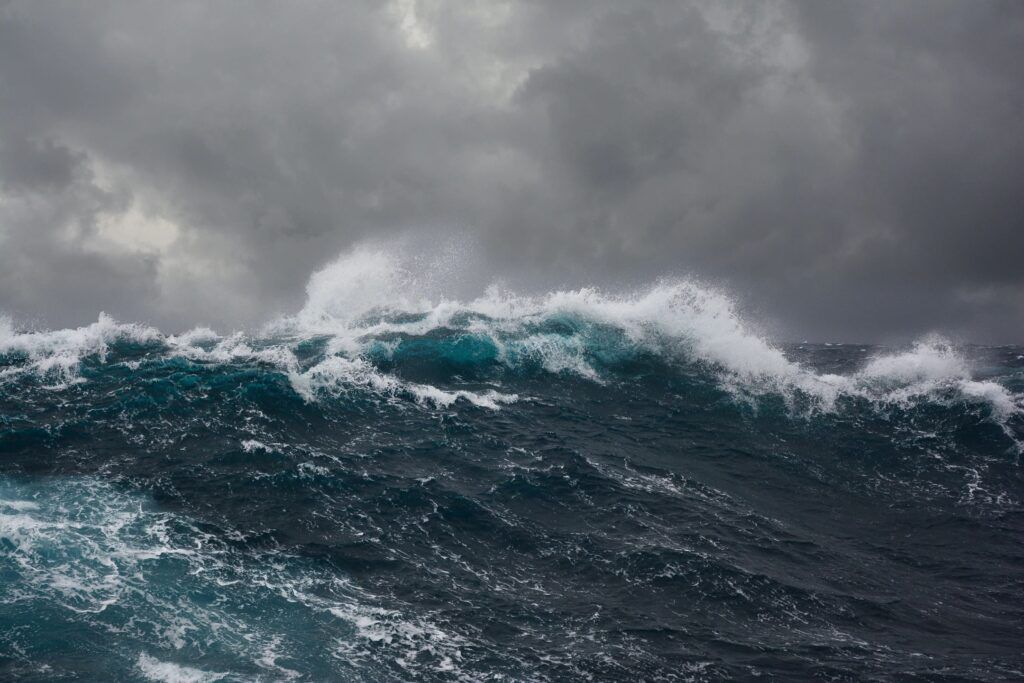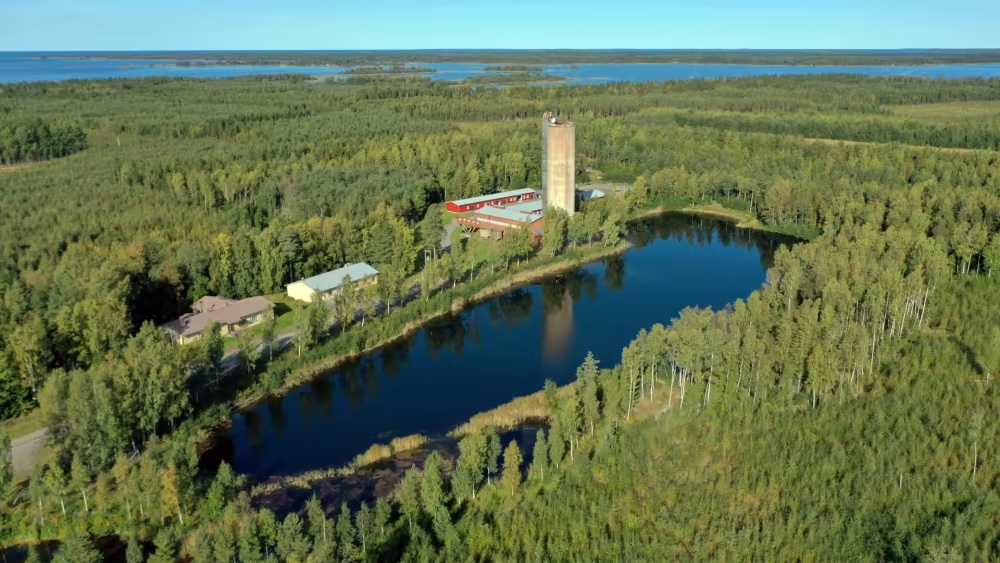The energy system faces large challenges with an increasing amount of weather dependent power generation. Our Nordic energy system is not built to be able to handle unbalances between supply and demand. The pressure on the grid owners is immense.
As an example, the Swedish TSO, Svenska Kraftnät, had to buy power reserve from Vattenfall for 300 million Swedish Krona (app. EUR 30 million) between July 1 and September 15. This reserve is allocated from the nuclear power plant Ringhals 1. This sum doesn’t include the power generation, only the power reserve. The situation with more weather dependent power and limited transmission capacity has increased the need for large-scale balancing solutions.
The only mature technology in this category is pumped hydro-power, a modular technology being deployed in a new way in underground mines by Sweden based Mine Storage International. Mine storage is a system level sustainable large-scale solution that contrary to many beliefs is excellent also for frequency regulation. As a closed loop system, it has a minimal environmental impact and superior discharge times, a high round-efficiency, a long life-cycle and above all, to a low levelised cost of storage.
We are now facing the largest societal shift in modern history. Both energy producers and capital markets start to find a common song, a willingness to take calculated risk in large scale balancing solutions. There is still need for policy makers to understand the prerequisites in terms of the right incentives pushing out fossil fuels, grid investments and regulation. Today, there is economy in saving the climate due to more volatility in the electricity prices and the increasing importance of grid frequency regulation.
A frontrunner within sustainable energy in Sweden is Skellefteå Kraft, a company actively investing in renewable energy, distribution capacity and smart energy solutions. Chief Strategist Power Systems Pär Forsberg states that key elements to successfully manage the energy transition is increasing grid capacity, incentives that supports CO2 emission reductions, and balancing solutions.
“With policies that supports investments in CO2 reduction at a system level, we will see more willingness from institutional and industrial investors to take risk. One long-term and sustainable solution is upgrading existing hydropower deployments, and another viable solution is pumped hydro in mines or coupled with existing hydro. This technology is proven, and has been around for a long time”, says Pär Forsberg.
A key for investments in tomorrow’s energy system is access to capital which comes down to the willingness from the capital market to take calculated risk.
Naventus is a Swedish corporate finance advisory firm specialized in green investments on an international level. They are strategically oriented towards sustainable investments and have built up a team of professionals specializing in renewables, power grids and energy storage.
“Large-scale storage solutions is the missing link to utilize the full potential of wind, solar and wave power production. This technology is available now. Policies to promote investments are falling in place at the national and global level. Institutional funds and financial institutions are now aligned towards sustainability”, states Naventus Corporate Finance Senior Partner Jonas Ljungström.
All in all, the ecosystem is getting aligned to manage an efficient transition towards a sustainable energy system where viable, long term and financially attractive green solutions play a central part.


